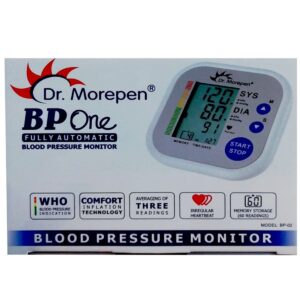PARACETAMOL (ACETAMENOPHEN) + METOPROLOL
Paracetamol (acetamenophen): Paracetamol, also known as acetaminophen, is a commonly used over-the-counter pain reliever and fever reducer. It is often used for mild to moderate pain relief, such as headaches, toothaches, muscle aches, and menstrual cramps. It is also effective in reducing fever.
The precise mechanism of action of paracetamol is not fully understood. It is believed to work by inhibiting the production of certain chemicals called prostaglandins that are involved in pain and fever signaling in the body. By reducing the levels of prostaglandins, paracetamol helps relieve pain and lower fever.
Paracetamol is available in various forms including tablets, capsules, liquid, and effervescent tablets. The dose varies based on age, weight, and the condition being treated. It is crucial to follow the recommended dosage instructions provided by the healthcare professional or as stated on the packaging.
While paracetamol is generally considered safe when used as directed, it can cause side effects in some individuals. Common side effects include nausea, stomach pain, or rash. In rare cases, it can cause more severe side effects such as liver damage, especially with high doses or prolonged use. Individuals with a history of liver disease or those consuming excessive alcohol should consult a healthcare professional before using paracetamol.
It’s important to note that paracetamol is commonly found in combination products, especially for cough and cold relief. It is crucial to read the labels of these products carefully to avoid accidentally exceeding the recommended daily dose of paracetamol, as this can lead to liver damage.
As with any medication, it is advisable to consult a healthcare professional before starting or using paracetamol, especially if you have any pre-existing medical conditions or are taking other medications.
Metoprolol: Metoprolol, also known by the brand name Lopressor, is a medication that belongs to a class of drugs called beta-blockers. It is primarily used to treat high blood pressure (hypertension), angina (chest pain), and certain heart conditions such as myocardial infarction (heart attack) and heart failure.
The primary mechanism of action of metoprolol is blocking the effects of adrenaline or epinephrine on the beta receptors in the heart. By doing so, it reduces the heart rate, decreases the force of contraction, and lowers blood pressure, ultimately making it easier for the heart to pump blood and reducing the workload on the heart.
Metoprolol is available in both immediate-release and extended-release formulations. The immediate-release form is usually taken 2 to 4 times a day, while the extended-release form is usually taken once a day. The dosage can vary depending on the condition being treated and the individual’s response to the medication. It is important to follow the prescribed dose and schedule provided by the healthcare provider.
As with any medication, metoprolol can cause certain side effects. Common side effects may include tiredness, dizziness, drowsiness, nausea, diarrhea, and trouble sleeping. Other less common side effects may include cold hands and feet, slow heartbeat, depression, shortness of breath, and wheezing. In rare cases, metoprolol can cause severe allergic reactions or serious heart problems, so it is important to seek medical attention if any concerning symptoms occur.
It is essential to note that metoprolol may interact with other medications, including other blood pressure medications, antidepressants, and certain heart rhythm medications. It is important to inform the healthcare provider about all other medications being taken to avoid any potential interactions or adverse effects.
Overall, metoprolol is a widely used medication in the management of high blood pressure, angina, and certain heart conditions. It is important to follow the prescribed dose, report any concerning side effects, and regularly monitor blood pressure and heart function while taking this medication.

